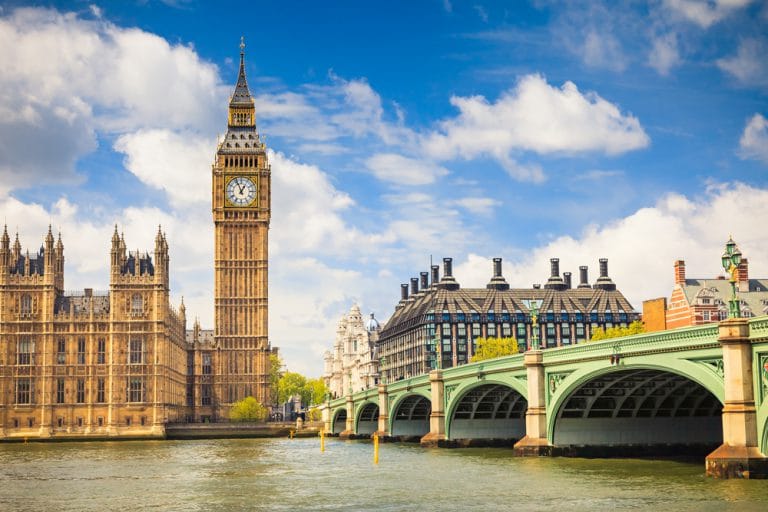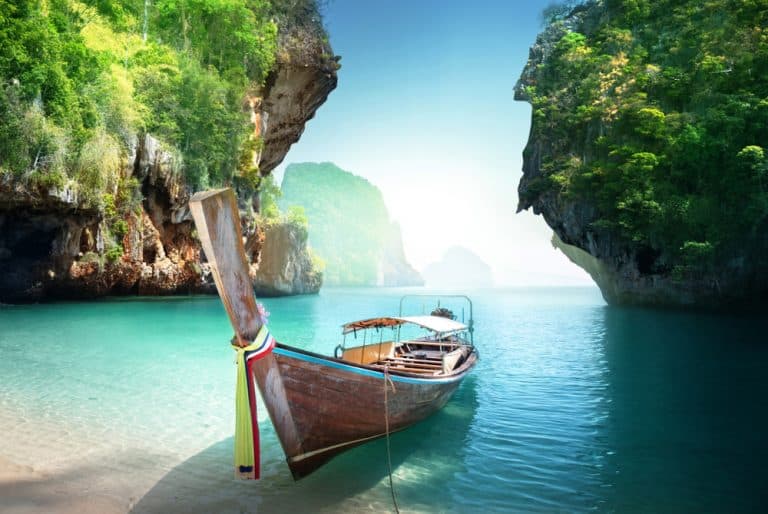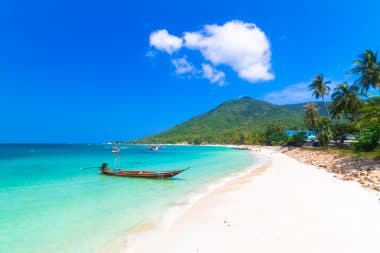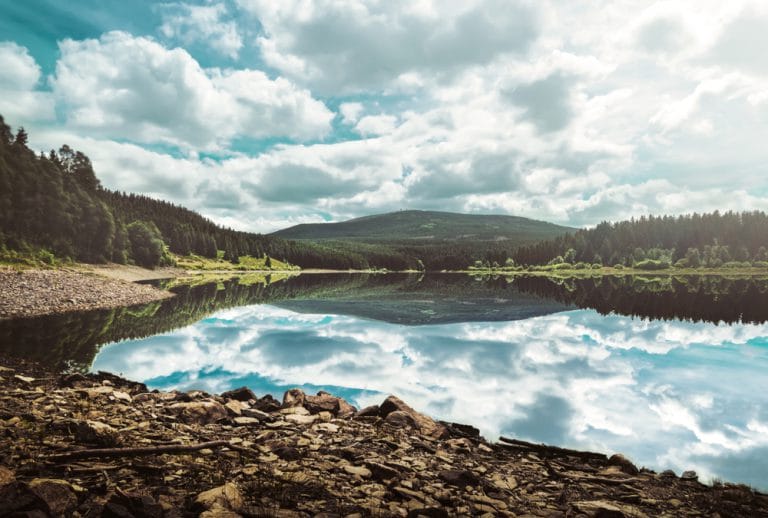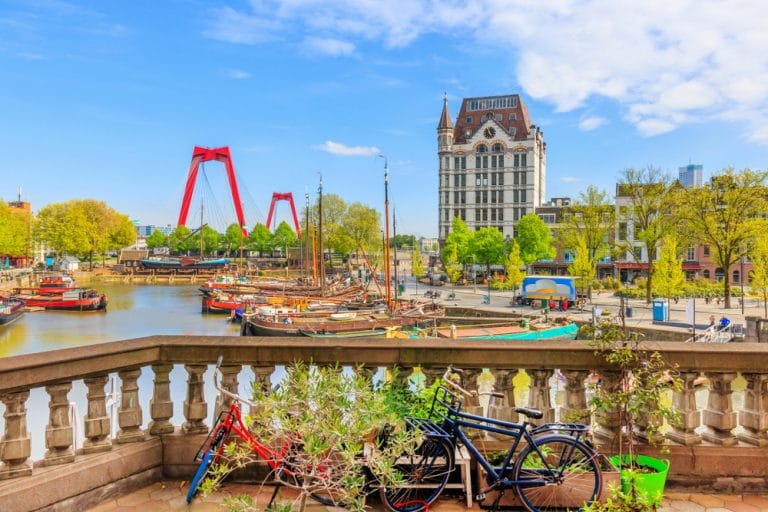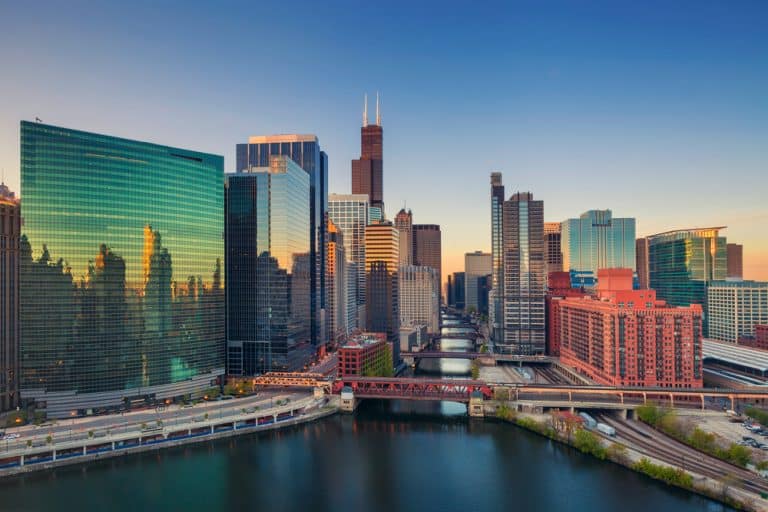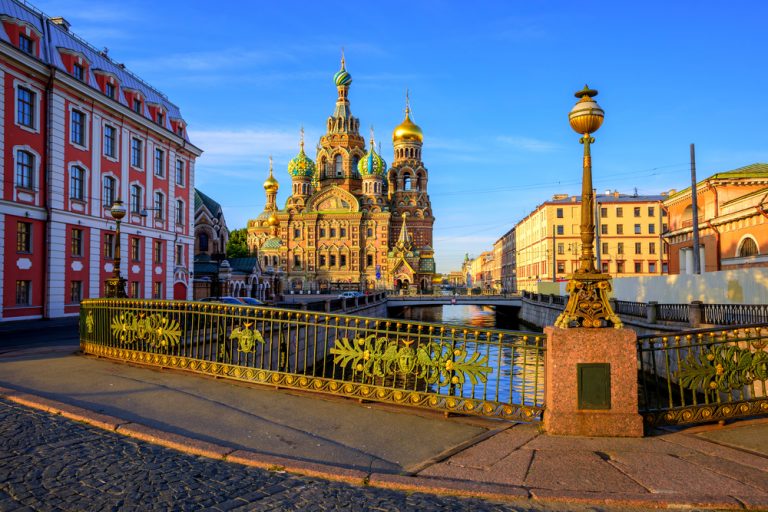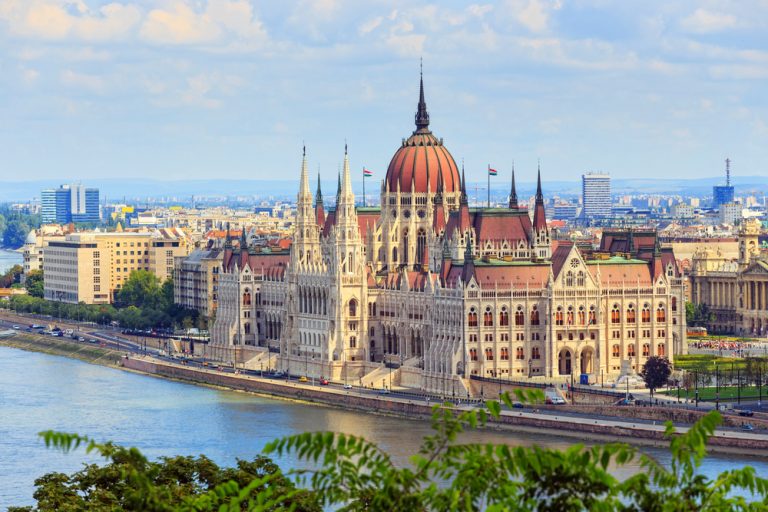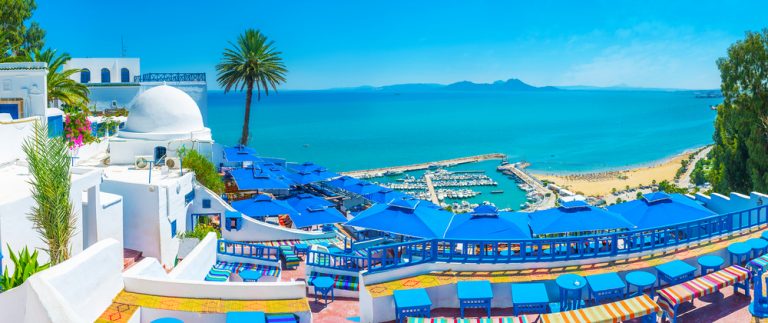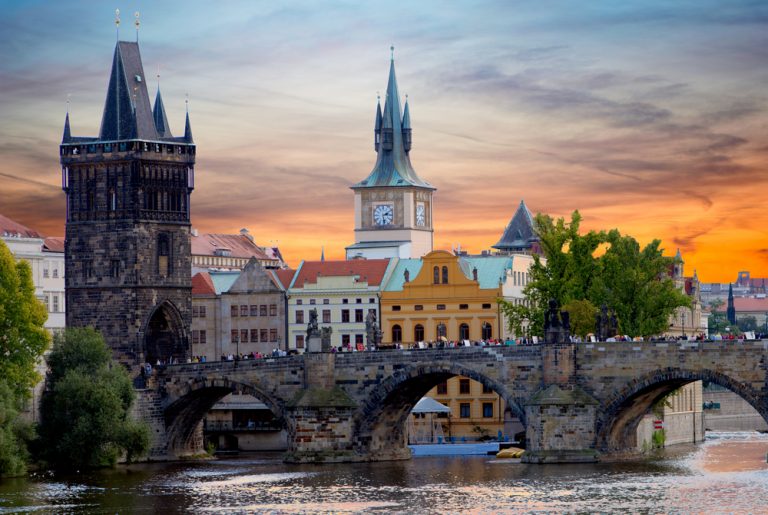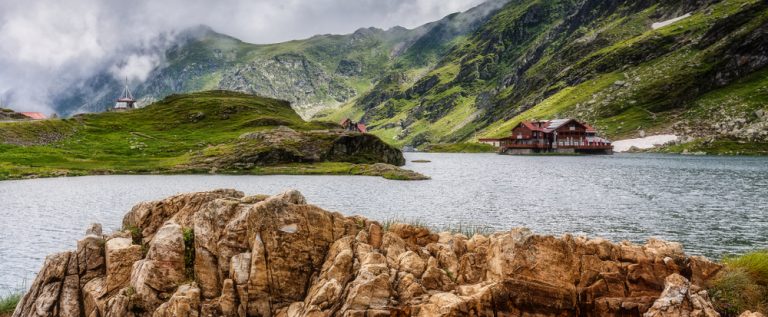London – Loud, antique, kitschy, wild. With about 20 million foreign tourists, it is the most visited city in the world, a state-of-the-art metropolis with old traditions, home to nine million inhabitants, 140 billionaires and the Queen. Exciting, wonderful, exhausting and somehow unfathomable …
London – The Center of Time
Some visitors start their visit to Britain’s capital on the underground – and immediately get an impression of everyday life in London. One thinks that the term rush hour was invented in the jam-packed carriages – after all, the railway transports 3.5 million passengers a day – once all Berliners, so to speak.
But it’s not just about rush hour on the train, it’s about time itself: London is actually the center of time, as the prime meridian is located in the Greenwich district. Where West and East converge is still the centre of the world, according to the perception of many Britons. People used to set their clocks after the blows of Big Ben, at least those from the Commonwealth – and that is still almost a third of the world’s population today.
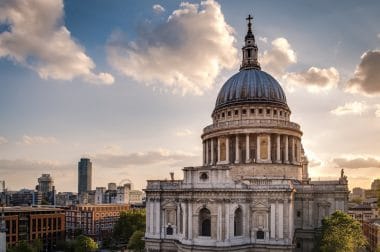
Today, London still sets the pace, in culture, in music, in finance and in fashion – and yet sometimes it just seems to stand still. In old streets with cobblestones and gas lamps, which are still lit by hand at dusk, or at the venerable Buckingham Palace, where the changing of the guard is celebrated again and again in honour of the Queen.
Keep calm and carry on
It’s possible that time in London works a little differently or seems relative. The city allows itself a conspicuous serenity because it has already experienced everything: war and peace, the central power of a world empire, the rule of money and its importance as a center for artists, creatives, hipsters and avant-gardists. Keep calm and carry on: “Stay calm and carry on” is best done by all visitors who prefer cash-friendly shopping in Portobello, Camden Look, Borough Market and Columbia Road instead of power shopping in Bond Street, Knightsbridge or Kings Road. The areas where London is really hip, with its many sights, can also be explored wonderfully easily on foot.
Visit to London Town
Footpaths, subways, trains: London’s best connections can be downloaded to your smartphone via app: https://citymapper.com/london?set_region=uk-london
Bus tours can then quickly become the preferred way to swing all over London. You can compose your own individual tour – the 159 from Marble Arch to Streatham, the 73 from Victoria to Stoke Newington Common or the 24 from Hampstead Heath to Pimlico or vice versa are great, which leads past all the world-famous sights.
Sights such as Piccadilly and Soho or the large shopping streets Regent and Oxford Street can be easily reached on foot. This also applies to the Tower, the National Gallery or Buckingham Palace.
London – Must see!
Speaking of Buckingham Palace: Even more impressive than the Queen’s seat of government are the historic Hampton Court Palace in Richmond upon Thames to the southwest. This is where London is at its greenest and the gardens are nothing short of magnificent. In spring and over the summer months, the journey can be wonderfully combined with a boat tour on the Thames
(www.hrp.org.uk/hampton-court-palace).
History buffs will find what they’re looking for at the Imperial War Museum , with exhibits spanning periods from World War I to the present day. As with many London museums, galleries and historic buildings, admission is free (www.iwm.org.uk).
The Highgate Cemetery in the north of the city is natural and quite wild, where Karl Marx, among others, is buried. The village of the same name was once an important centre of British writers – today stars such as Jude Law and Kate Moss live here.
(www.highgatecemetery.org)
Spitalfields Market in Shoreditch consists of well-established shops and rotating market stalls. It opens daily at Horner Square (www.spitalfields.co.uk).
Great parts!
London has a lot of great neighborhoods. For example, chic Hampstead with beautiful parks, small shops, pubs and restaurants. Various professional footballers also like to live here.
One of the great parts is undisputedly Richmonds with restaurants, pubs and cafés right on the water. As already mentioned, this beautiful district along the Thames is the starting point for many boat tours and for visits to Richmond Park with its considerable population of red deer. The following applies here: Only take pictures, but do not touch!
Delicious London
Sure, culinary luminaries such as Anna Hansen, Nuno Mendes, Lawrence Keogh or Yotam Ottolenghi run gourmet temples in London that Paris is jealous of. For the average budget, however, it can probably also be more tangible.
London’s gastronomy already seems very tangible, at least in restaurants that advertise food in pictures in front of their doors. But otherwise, the pub food, which was once rightly feared, has long since lost its horrors and you can eat very well and quite cheaply in Great Britain’s metropolis:
For example, Crate Brewery is recommended, a quaint brewery-restaurant in a disused factory building on the canal in Hackney Wick. Here you can find a wide selection of local beers and excellent blast oven pizzas. (www.cratebrewery.com)
The Flask is a particularly beautiful old pub with a historic interior and beer garden, where Lord Byron and John Keats once emptied their pints. Good cuisine and excellent desserts at 77 Highgate West Hill (www.theflaskhighgate.com).
Last but not least, Mr Fogg’s: The eclectic bar in Mayfair with old, heavy leather armchairs, memorabilia from Victorian times and waiters who turn the visit into almost interactive theatre is downright beguiling – and not just with exotic cocktails (www.mr-foggs.com).
Many a visitor will probably end his London visit with a nice cocktail. He will come again and again, for this city is unfathomable…


